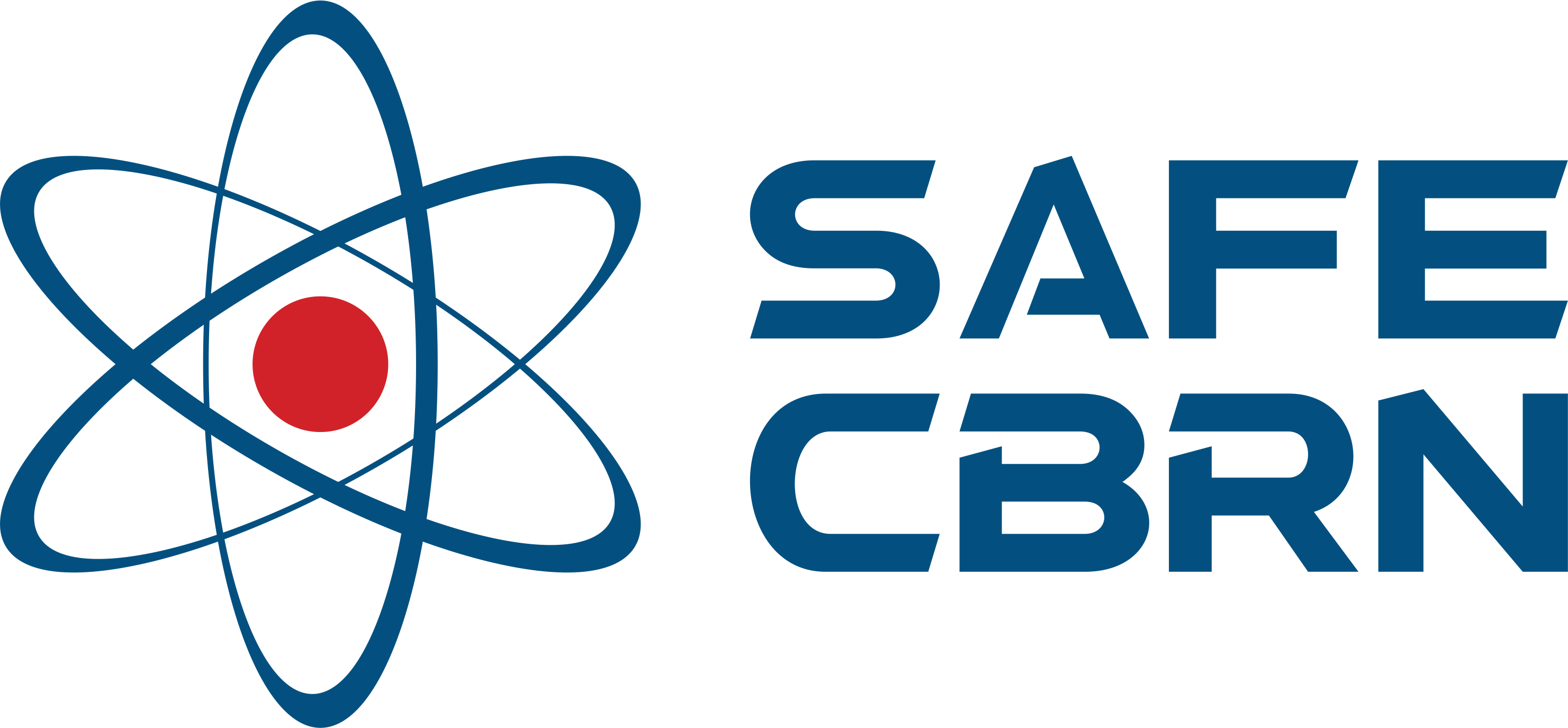Enhanced Level Contamination Prediction
NATO standarts defines three plotting techniques. Simplified Level Contamination Prediction procedures are those procedures intended to be manually performed by a CBRN defence staff immediately upon receipt of a message indicating a new CBRN incident. Detailed Level Contamination Prediction Procedures. Detailed procedures are those procedures intended to be performed manually or by an automated system using one or more messages.
Enhanced Level Contamination Prediction procedures are those procedures intended to be performed only by an automated system due to complexity and/or time requirements. If computers with higher capacities are available it is possible to use diffusion models to calculate the release area or fallout in more detail. Such models (e.g. Gaussian models, puff models, particle or Lagrangian models) may be very complex. In general a detailed wind field in time and space is required (i.e. wind direction and speed at grid points in a four dimensional array) to fully utilise Enhanced Level Contamination Prediction capabilities. Furthermore, these models need more detailed assumptions about the amount of release contained in the cloud produced by the CBRN incident
Lagrangian dispersion models are designed to predict the atmospheric transport and deposition of airborne gaseous and particulate substances, covering spatial scales from a few hundred meters to across the globe.
In a scenerio, when it is desired to model the dispersion resulting from an explosion at a chemical facility in terms of topography and meteorological data along with its chemical release, using the ADlaS application in a command center, it can be simulated with the Lagrangian particle model to ensure the safety of individuals.
ADLaS calculates the dispersion of pollutant particles based on Lagrange dispersion model to help public safety responders and emergency management personnel for emergency planning of 3D CBRN releases and predicts their time-dependent changes.
Atmospheric modelling using a particle-based Lagrange dispersion model is one of the main
approaches for calculating and simulating air pollution, hazardous material leakage or CBRN
dispersion incidents. Using Markov Chain methods, ADLaS calculates and determines density, precipitation and other critical parameters at a specific location for each dispersed particle.
